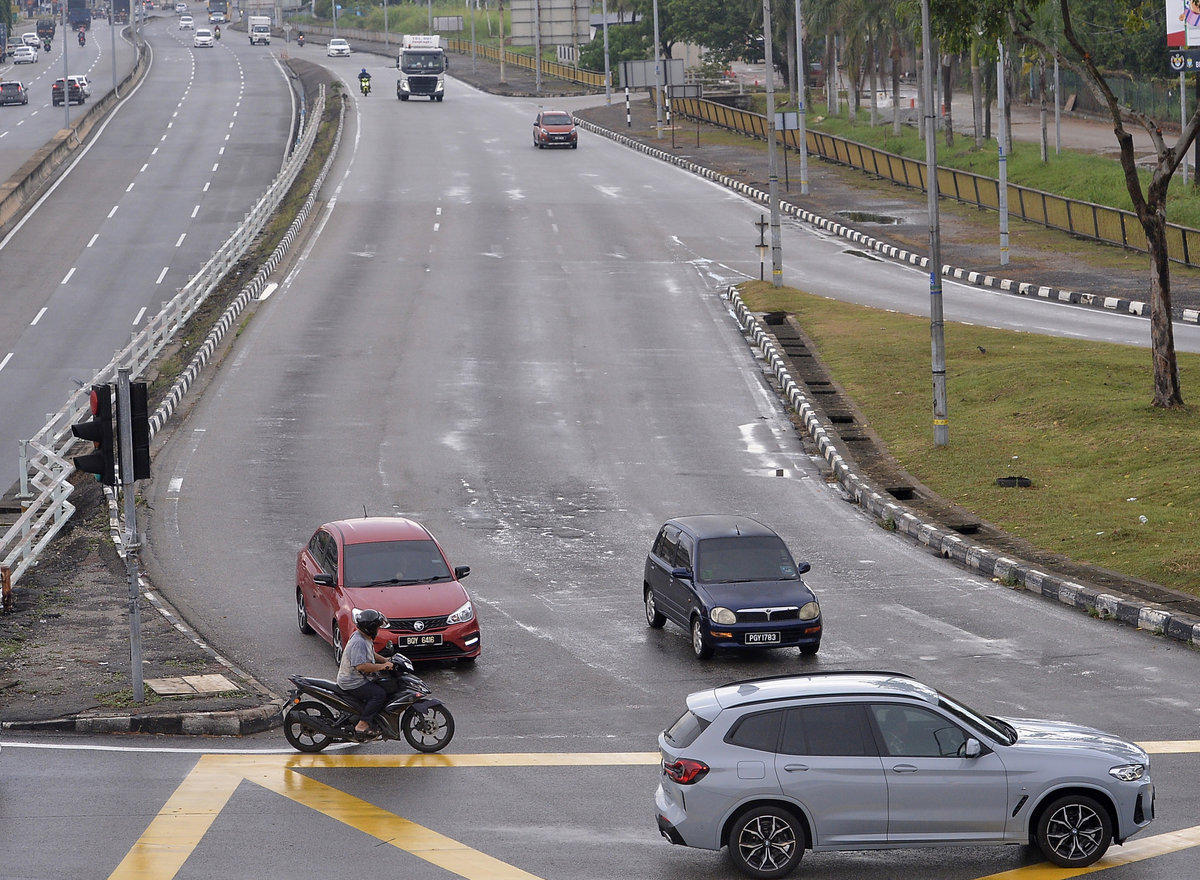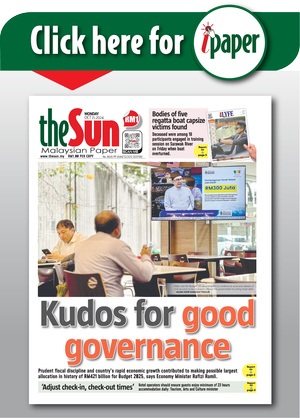PETALING JAYA: Faded, overlapping or missing road markings may seem like a minor nuisance but they are an invisible danger lurking on Malaysian roads, contributing to collisions and close calls every day.
Despite being one of the most basic road safety tools, worn-out markings are often neglected, even in major urban areas such as Kuala Lumpur.
Universiti Putra Malaysia Road Safety Research Centre head Assoc Prof Dr Law Teik Hua said faded or poorly maintained road markings are a major but often overlooked cause of crashes and dangerous driving.
He said clear road signs and lane markers are especially crucial in low-visibility situations, such as at night or during heavy rain.
“Researchers have found that road signs that are easy to see and read are particularly vital for helping drivers find their route, especially when it’s dark or pouring and visibility is low.
“The country’s hot and humid climate is also accelerating the degradation of road paint,” he added.
He said when lane lines fade, pedestrian crossings disappear or markings overlap, the risk of dangerous driving spikes.
“This can lead to lane drift, sudden braking and improper merging, all of which increase the likelihood of accidents,” he added, citing research linking inadequate markings to numerous highway crashes, particularly those involving unintended lane departures.
Malaysia, however, has no consistent nationwide system to track or fix these hazards.
“The way authorities currently check and maintain markings is not sufficient to address the problem before it gets worse.
“There is no defined mechanism to check the visibility and condition of road markings on a regular basis, even though they are painted over every now and then,” he said.
Law noted that unlike developed nations, Malaysia still does not conduct retroreflectivity tests, a standard method for measuring how visible road markings are under vehicle headlights.
To address the issue, he proposed a standardised inspection protocol, with high-traffic urban roads checked every three to six months.
He also urged the mandatory use of retroreflectivity tests and said critical markings – such as pedestrian crossings and sharp curves – should be repainted within 48 hours of being reported.
Law dismissed the notion that this is only a rural problem.
“It’s equally serious in urban areas,” he said, calling for a centralised digital monitoring system and the use of drones or machine-vision tools to speed up inspections.
Echoing similar concerns, Universiti Putra Malaysia civil engineering expert Assoc Prof Dr Fauzan Mohd Jakarni described road markings as “silent communicators” that guide drivers, especially when visibility is poor.
“Faded or overlapping markings create uncertainty and hesitation. Drivers rely heavily on these visual cues, particularly when there is limited signage or inadequate lighting,” he said.
He warned that overlapping or double markings, often caused by careless re-striping, are particularly hazardous.
“They force drivers to second-guess themselves, leading to last-minute lane changes, abrupt stops and even rear-end or side-swipe collisions,” he said.
To reduce these risks, Fauzan recommended that painted road markings be inspected and reapplied every six to 12 months, while thermoplastic lines, which last longer, should be standardised for more permanent solutions.
However, maintenance remains inconsistent.
“Protocols vary widely between national highways and roads under local councils. This results in inconsistencies, where one stretch of road is clearly marked while an adjacent section remains faded, overlapping or poorly maintained,” he said.
Fauzan stressed that any confusing markings must be removed immediately, but such overlapping lines are still common.
He called for better coordination between agencies, stronger contractor accountability and dedicated budgets for road marking upkeep.
“Markings should not be treated as an afterthought. In the end, road markings may look like simple lines but they are actually lifelines. When they’re faded, they don’t just vanish, they take safety with them.”









